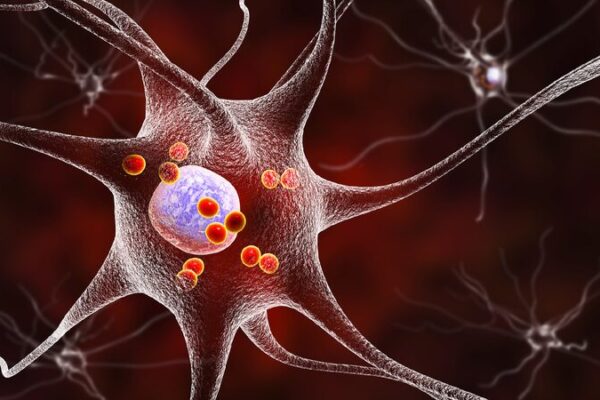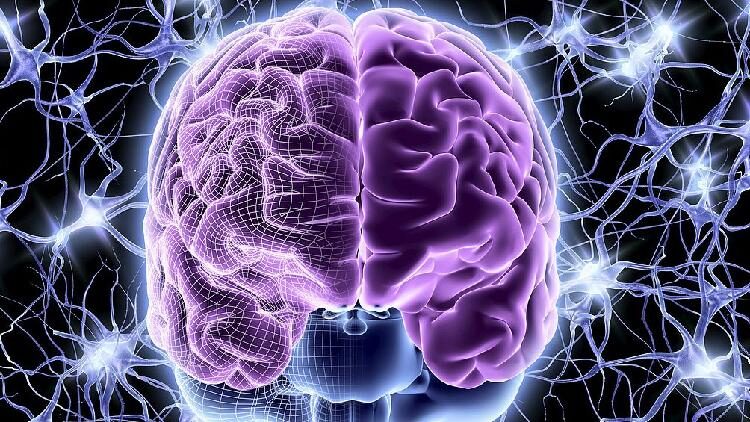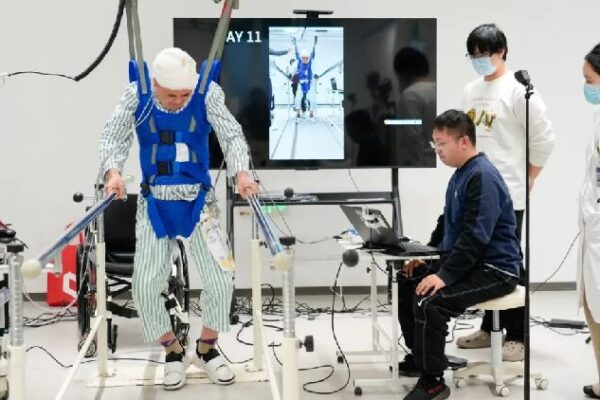Friday marks World Parkinson’s Day, a day dedicated to raising awareness about Parkinson’s disease and supporting research for better treatments and a potential cure. Parkinson’s disease (PD) is a degenerative brain disorder that affects movement, causing symptoms like tremors, stiffness, balance problems, and speech difficulties.
While most people diagnosed with PD are over 60, it can affect individuals under 50 as well. There is currently no cure, but treatments aim to manage symptoms and improve quality of life. Exciting new research is exploring groundbreaking therapies that could slow down or even reverse the progression of the disease.
Understanding the Risk Factors
The exact cause of Parkinson’s disease remains unknown. However, scientists believe it’s a combination of genetic and environmental factors. Research shows that about 13 percent of people with PD have a genetic link to the disease. Gender plays a role too; men are at a higher risk of developing PD than women.
Environmental factors like exposure to pesticides, herbicides, heavy metals, rural living, well water use, and certain industrial chemicals may increase the risk of developing PD. Lifestyle choices and living environments are important considerations in understanding one’s risk.
Advancements in Treatment
PD symptoms are caused by the loss of dopamine, a chemical messenger in the brain. Current treatments focus on managing symptoms through medications like Levodopa and dopamine agonists, surgical options like deep brain stimulation, and supportive therapies including physical exercises.
Cutting-edge research offers hope for more effective treatments. Scientists are investigating drugs that target the underlying causes of PD, such as alpha-synuclein protein clumps. Stem cell therapy is showing promise, with early trials using lab-grown neurons to replace lost brain cells and restore motor function.
Emerging studies suggest that imbalances in the gut microbiome may influence PD. Researchers are exploring the use of probiotics and fecal transplants as potential therapies. Additionally, smart wearable AI devices are being developed to track symptoms in real-time, predict disease progression, and optimize treatment plans.
Parkinson’s Disease in China
There are approximately 3 million people living with Parkinson’s disease in China, accounting for nearly half of the global total, according to Xinhua News Agency. As the population ages, PD and other neurological disorders like Alzheimer’s have become significant public health and social challenges in China.
In February this year, a study published in the journal Science by scientists from Huashan Hospital affiliated with Fudan University in Shanghai highlighted a novel therapeutic target for PD. The team identified a potentially effective small molecule drug, bringing new hope for future treatments.
Looking Forward
World Parkinson’s Day serves as a reminder of the ongoing battle against this challenging disease. With continued research and innovation, there is hope that new therapies will improve the lives of those affected by Parkinson’s disease worldwide.
Reference(s):
cgtn.com








